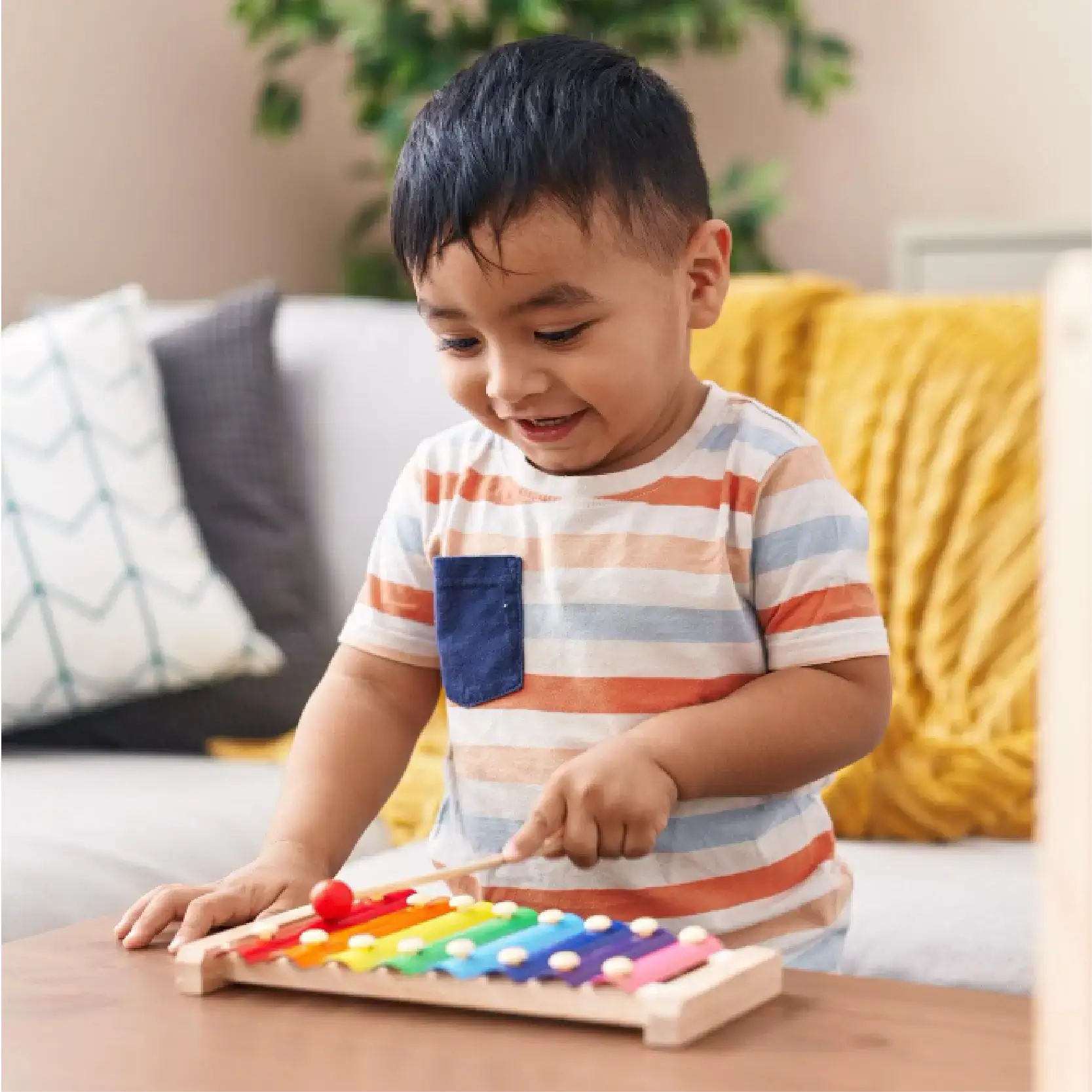When a marriage comes to an end, one of the most challenging aspects of the divorce process can be reaching a fair settlement on the division of assets. Among the most complicated of these assets to divide are artwork and collectibles. These items can hold significant monetary and sentimental value, which adds layers of complexity to the already stressful dissolution of a relationship. In England & Wales, specific legal principles guide how such items are divided, though no two situations are ever quite the same. In this article, we will explore how the legal system approaches this nuanced topic, whilst also navigating the emotional and practical considerations that both parties must confront.
The Legal Framework for Asset Division
In England & Wales, there is no rigid formula for dividing assets in divorce settlements. Instead, the courts follow the principles established under the Matrimonial Causes Act 1973. The overarching aim is to achieve a fair outcome for both parties, taking into account a variety of factors such as each spouse’s financial needs and resources, the length of the marriage, and the standard of living enjoyed during the union. Marital assets—those acquired during the course of the marriage—are typically subject to division, while non-marital assets, such as inheritances or pre-marriage acquisitions, may be excluded unless they have been “mingled” with marital property.
Artwork and collectibles present a series of unique challenges in these cases. Unlike liquid assets like cash or property, these high-value items can be difficult to value fairly, and their distribution often involves intense negotiation. Understanding how these items are treated under the law is a critical first step in resolving disputes.
Establishing Ownership
One of the initial hurdles in dividing art and collectibles is determining ownership. Were the items jointly acquired during the marriage, or did one party bring them into the relationship? If an item was purchased before the marriage and was not gifted to the other spouse or used in a way that integrated it into the marital estate (e.g., an antique prominently displayed in the couple’s shared home), it might be considered a non-marital asset. However, ownership is not always clear-cut, especially with items obtained jointly or gifted between spouses.
Disputes can arise over whether an item has been so interwoven into the fabric of the marriage that it should be treated as a shared asset. For example, even if one spouse purchased a painting independently, if it became a central piece in the family home and part of their shared lives, the court might view it as part of the matrimonial estate. Ownership documentation and purchase receipts can be crucial in resolving such disputes.
Valuing the Artwork or Collectible
The next critical step is to determine the value of the artwork or collectible. This is no straightforward endeavour. Unlike other assets, the value of art and collectibles is susceptible to fluctuations due to market conditions, and they may hold intangible sentimental value that is difficult to quantify. Courts require an appraisal of these assets by experts to ascertain their current market worth.
Often, more than one valuation may be necessary, as each party may bring in their own expert to argue their case. The opinions of art dealers, auction houses, or appraisers who specialise in the particular type of item can be essential in arriving at a figure that both parties—and the court—can agree on. Unfortunately, discrepancies between expert valuations can spark further contention.
Handling Sentimental Value
Art and collectibles often carry emotional connections that transcend their financial value. A rare book collection passed down through the family or a sculpture symbolising a milestone in a couple’s life can carry immense personal significance for one or both parties. Sentimental attachments can make negotiations particularly fraught, especially when one spouse wishes to keep an item that the other also cherishes.
It’s worth noting that the courts rarely factor sentimental value into financial settlements. While such considerations may influence negotiations between spouses, they are unlikely to carry weight in a legal setting. In these cases, mediation can play a crucial role in finding creative solutions that satisfy emotional and financial interests alike.
Options for Division
Once ownership and value have been established, the next step is to decide how to divide the items. There are various approaches, depending on the preferences and circumstances of the parties involved.
– Physical Division: If the assets are numerous and easily separable, like a collection of coins or wine, the items can be physically divided. Each spouse would be assigned specific pieces based on an agreed-upon or court-mandated method of distribution. However, this approach is rarely feasible with unique or singular works of art.
– Offsetting Value: In some cases, one party may choose to “buy out” the other’s share of the item’s value. For example, if a husband wishes to retain an £80,000 painting, he might compensate his wife with other assets of comparable value, such as a larger share of the marital home or cash.
– Sale and Division of Proceeds: Another option is to sell the item(s) and divide the proceeds. While this may seem like a straightforward solution, it often encounters resistance due to the parties’ emotional attachments or concerns about the timing of the sale in relation to market conditions.
– Co-Ownership Agreements: Though less common, some divorcing couples elect to retain joint ownership of particularly valuable or sentimental items, agreeing on terms for shared access or future sale. While practical in theory, such arrangements can be fraught with difficulties and may prolong post-divorce entanglements.
Legal Representation and Mediation
Given the complexities involved, professional legal representation is essential in disputes over artwork and collectibles. A solicitor experienced in matrimonial law will be well-equipped to help navigate these challenges, advocate for a fair division, and advise on the broader implications of any settlement.
In addition to legal representation, mediation can prove invaluable in reaching an amicable agreement. A neutral third party can facilitate discussions, helping both sides to communicate their priorities and identify mutually acceptable solutions. Mediation is often less adversarial and more cost-effective than going to court, and it gives the parties more control over the outcome.
Tax Implications
Another underappreciated consideration is the potential tax impact of dividing artwork and collectibles. In England & Wales, the transfer of assets between spouses as part of a divorce settlement is generally exempt from Capital Gains Tax (CGT). However, this exemption only applies within the tax year of separation. If assets are transferred after this period, CGT may be payable, which could significantly impact the value of the settlement. Specialist tax advice should therefore be sought early in the process.
Documentation and Record-Keeping
Finally, accurate documentation is crucial when dealing with artwork and collectibles in a divorce settlement. Keeping detailed records of acquisitions, appraisals, and valuations will ensure a smoother process and reduce the likelihood of disputes over ownership or value. A well-maintained paper trail can save significant time, money, and emotional energy as you navigate the division of assets.
Conclusion
The division of artwork and collectibles in divorce settlements is far from straightforward. These items often hold both substantial financial and sentimental value, making their fair allocation a delicate balancing act. With the variability inherent in England & Wales’ discretionary legal system, much depends on the specific circumstances of the case and the willingness of both parties to negotiate in good faith.
Expert advice—from legal counsel, appraisers, and tax professionals—can make all the difference, ensuring that each spouse’s interests are represented and that an equitable outcome is achieved. Where court proceedings are unavoidable, careful preparation and documentation are essential for advocating your position effectively. While the process can be challenging, understanding the legal landscape and prioritising open communication can help to minimise conflict and, ultimately, pave the way for a fair resolution.













